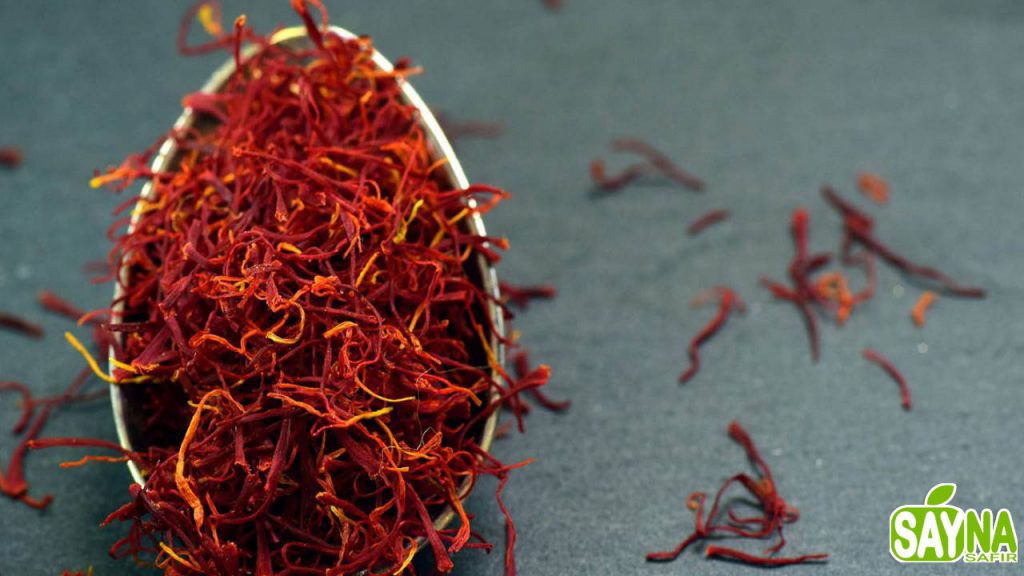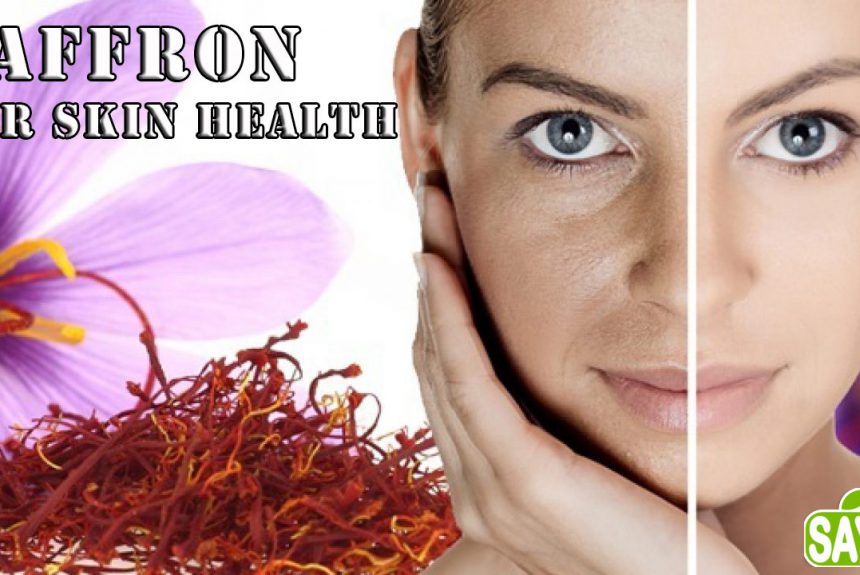Saffron is a vibrant red spice that comes from the plant saffron crocus (Crocus sativus). It’s made of the flower’s dried stigmas (the tops of the female part).
The plant is thought to have originated in Iran. These days, it grows in many countries, including Iran, Spain, and China. Traditionally, saffron has been used to color and flavor food. It’s also used as an herbal remedy for ailments like back pain, wounds, and abscesses.
Saffron is a valuable ingredient in the cosmetics industry. Many people claim that saffron can relieve common skin issues, including inflammation and acne.
Some of these claims are backed by science. Let’s explore what the research says, along with how to use saffron on the skin.

Proven benefits of using saffron for skin
Saffron has a variety of proven skin-friendly properties. Here’s what it can do for your skin:
Protects against UV radiation
When it comes to skin health, protecting against ultraviolet (UV) radiation is one of the best things you can do.
UV radiation promotes the production of free radicals, which causes oxidative stress. This damages your skin cells and accelerates skin aging.
Crocin, the active compound in saffron, might help. A 2018 lab study found that crocin has potent antioxidant properties. Antioxidants are molecules that reduce oxidative stress by neutralizing free radicals.
The study also found that crocin protects against ultraviolet A (UVA) rays, which are responsible for premature skin aging.
Another 2018 lab study found that crocin also works against ultraviolet B (UVB) rays, which also contribute to early skin aging.
Fights inflammation
Inflammation, which can be caused by oxidative stress, is the root of many diseases. This includes inflammatory conditions involving the skin.
The antioxidant properties of crocin can help fight this oxidative stress and inflammation. According to the 2018 lab study mentioned above, crocin suppresses the expression of various inflammatory proteins.
Additionally, a 2018 animal study found that crocin improves atopic dermatitis in mice. The atopic dermatitis was caused by Dermatophagoides farinae (house mite) extract, which commonly causes the condition in humans.
Supports wound healing
Proper wound healing is key for healthy skin. It lowers your risk of developing complications, including skin infections and scarring.
In a 2008 animal study a cream with saffron extract improved wound healing in mice. It increased the growth of skin cells, which is necessary to close wounds. The researchers credited this effect to the antioxidant and anti-inflammatory properties of saffron.
A 2017 lab study also found that saffron stimulates wound healing by promoting cell multiplication.
Although more human research is needed, these benefits show promise for saffron’s role in wound healing.
Reduces hyperpigmentation
Hyperpigmentation occurs when parts of your skin become darker than the surrounding skin. It’s caused by excess pigment, or melanin. You can develop hyperpigmentation due to scarring, sun exposure, or hormonal changes.
A 2013 human study discovered that saffron’s active compounds, including crocin, can decrease melanin. The compounds work by suppressing the tyrosinase, an enzyme that’s essential for melanin production.
Ref: Healthline


Leave a Reply